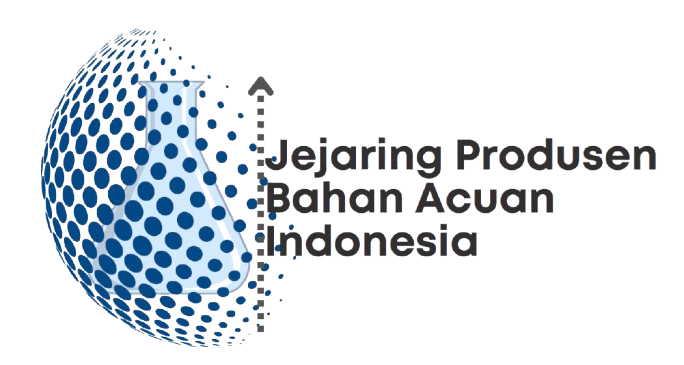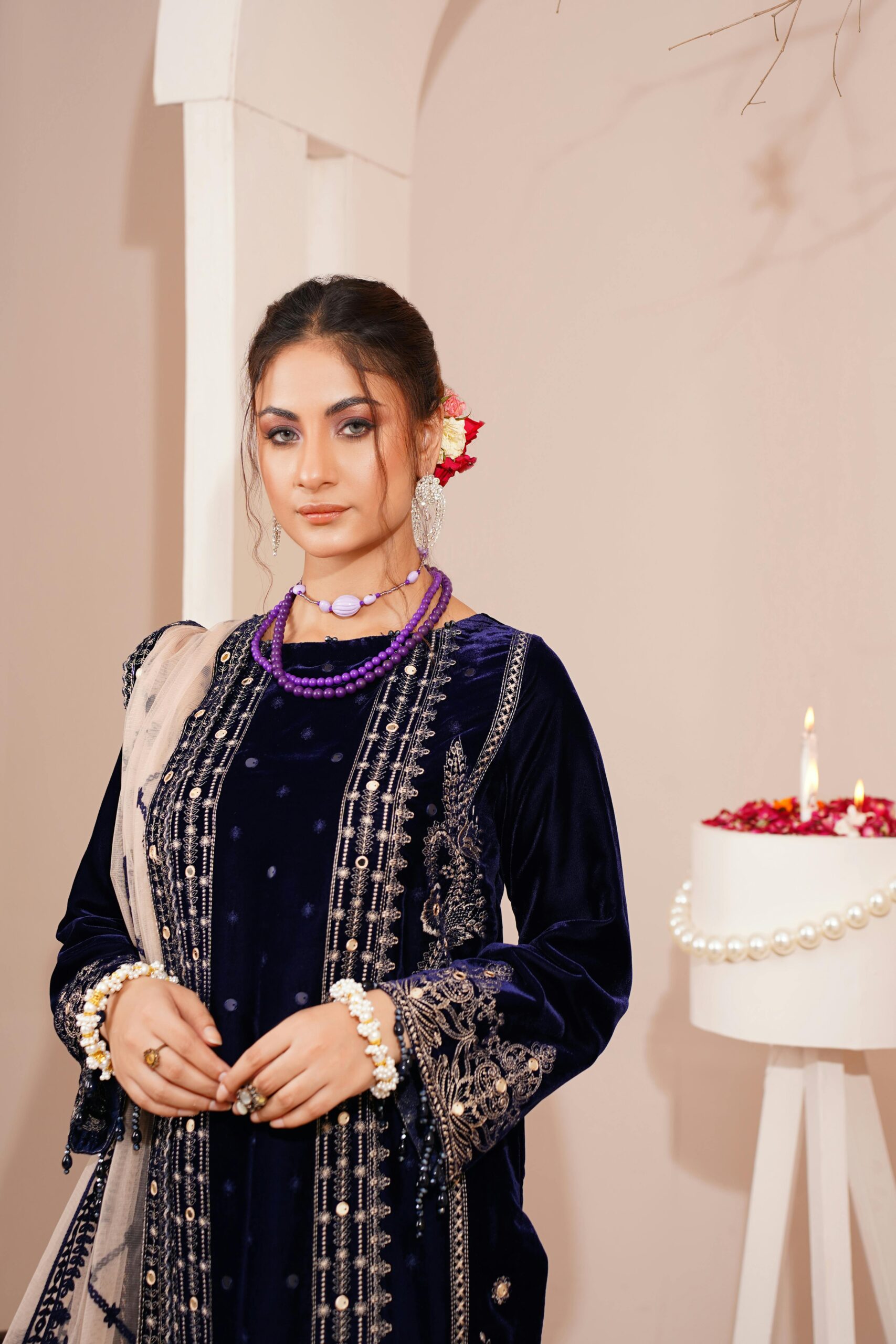Embroidery and Crossstitch are two of the most beloved forms of needlework, captivating crafters for centuries. While both involve the art of stitching designs onto fabric, they have distinct characteristics, techniques, and applications. If you’ve ever wondered what sets these two apart or how they overlap, this guide will provide a comprehensive comparison.
What is Embroidery?
Embroidery is a broad term that encompasses various techniques of decorating fabric using a needle and thread. This intricate art form allows for limitless creativity, incorporating multiple stitches, textures, and embellishments.
Key Features of Embroidery:
- Uses different types of stitches, including satin stitch, chain stitch, and French knots.
- Can be done on various fabrics such as cotton, linen, silk, and even leather.
- Often incorporates embellishments like beads, sequins, and metallic threads.
- Designs can be freehand or transferred using patterns.
What is CrossStitch?
Crossstitch is a specific type of embroidery that follows a grid pattern, making it one of the most accessible and structured forms of needlework. It is particularly famous for creating detailed, pixelated designs.
Key Features of CrossStitch:
- Uses only one primary stitch: the X-shaped crossstitch.
- Typically worked on even-weave fabric like Aida cloth or linen.
- Patterns are counted from a grid and stitched accordingly.
- Often used for samplers, decorative home pieces, and personalized gifts.
Key Differences Between Embroidery and CrossStitch
While embroidery and crossstitch share some common elements, they are distinct in various ways. Let’s break down the main differences:
1. Techniques and Stitches
- Embroidery: Uses a variety of stitches such as backstitch, running stitch, and lazy daisy.
- CrossStitch: Relies solely on cross-shaped stitches arranged on a grid.
2. Fabric Types
- Embroidery: Can be done on nearly any type of fabric.
- CrossStitch: Requires even-weave fabrics to maintain design accuracy.
3. Design and Complexity
- Embroidery: Allows for freehand designs with intricate detailing.
- CrossStitch: Typically follows pre-designed patterns with a pixelated look.
4. Learning Curve
- Embroidery: More complex due to multiple stitches and techniques.
- CrossStitch: Easier for beginners since it follows a grid system.
Similarities Between Embroidery and CrossStitch
Despite their differences, these crafts share some common traits:
- Both involve the use of a needle and thread to create decorative designs.
- They are used for personal expression, home decor, and textile art.
- Each requires patience, precision, and a keen eye for detail.
- Both can be done by hand or with machine assistance (though traditionalists prefer handwork).
Which One Should You Choose?
The choice between embroidery and crossstitch depends on your personal preferences and crafting goals.
- If you enjoy structured patterns and methodical stitching, crossstitch is an excellent choice.
- If you prefer more creative freedom and intricate detailing, embroidery offers greater versatility.
- Beginners may find crossstitch easier to start with, while embroidery provides more room for artistic exploration.
Tips for Beginners
- Start Small: Choose a simple pattern or kit to familiarize yourself with basic stitches.
- Use the Right Materials: Quality threads, proper fabric, and a good hoop make a difference.
- Practice Consistently: The more you stitch, the better your skills will become.
- Join a Community: Online forums and local craft groups can offer support and inspiration.
Final Words
Both embroidery and crossstitch are beautiful and rewarding crafts, each with its own unique appeal. Whether you choose one or explore both, you’ll find joy in the creative process and satisfaction in completing stunning handmade pieces. No matter your skill level, these timeless needle arts offer endless opportunities for creativity and self-expression.

